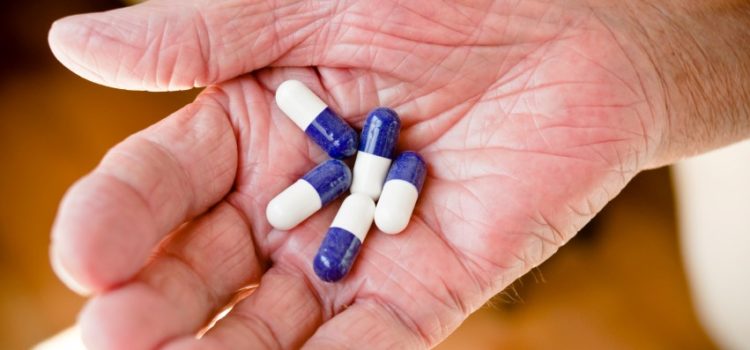For several years now, Prof. Denis Vivien’s team (Laboratoire PhIND, U1237, Caen), our STROK@LLIANCE partner, has been looking into in the potential of N-Acetylcysteine (NAC, Mucomyst®) for thrombolysis of resistant clots during the acute phase of ischemic stroke.
While this old molecule is well known as a bronchial fluidizer, it is not generally thought of as having anything to do with strokes. However, Prof. Vivien and his team have found that similarities exist between blood clots and nasal secretions. As the l’Express article reports, Prof. Vivien states that they “are all made up of large close-structural proteins that form a mesh, with white and red blood cells trapped on one side and nasal secretions on the other”. More specifically, the Van Willebrand factor that enables platelet aggregation has structural similarities with the mucins present in mucus.
Preclinical trials have shown that NAC has the ability to dissolve platelet clots in human blood samples in vitro, as well as reduce the cerebral injury induced by ischemic stroke in mouse models that are resistant to current thrombolytic therapy. In this way, “even clots resistant to the best available treatments have been dissolved”.
In spring 2020, Prof. Vivien and his team will begin a clinical trial with 200 patients across 10 hospitals. This project holds out hope for better stroke management during the acute phase that is the leading cause of severe acquired disability, worldwide. In addition to the ready availability of this molecule, the likelihood of successful development is enhanced by the fact that we are already familiar with its side effects and how to control them.
All the know-how and methodologies implemented for the preclinical characterization of NAC have been transferred to STROK@LLIANCE, which is the only CRO 100% dedicated to preclinical stroke. Find out more about all our models and services on our website.
